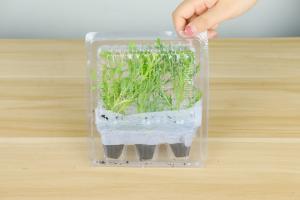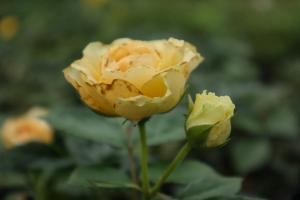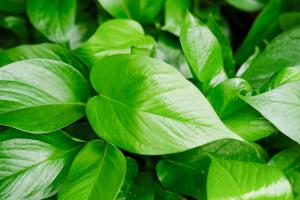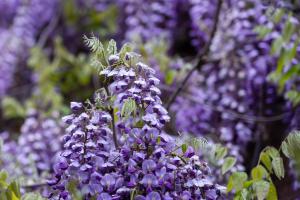Pot soil preparation for ginseng and banyan planting
The most common breeding method of ginseng banyan is sowing. Generally speaking, sowing ginseng banyan requires fertile, loose and well drained basin soil or culture soil. In addition, because ginseng banyan is strong, it is not necessary to strictly disinfect the seeds
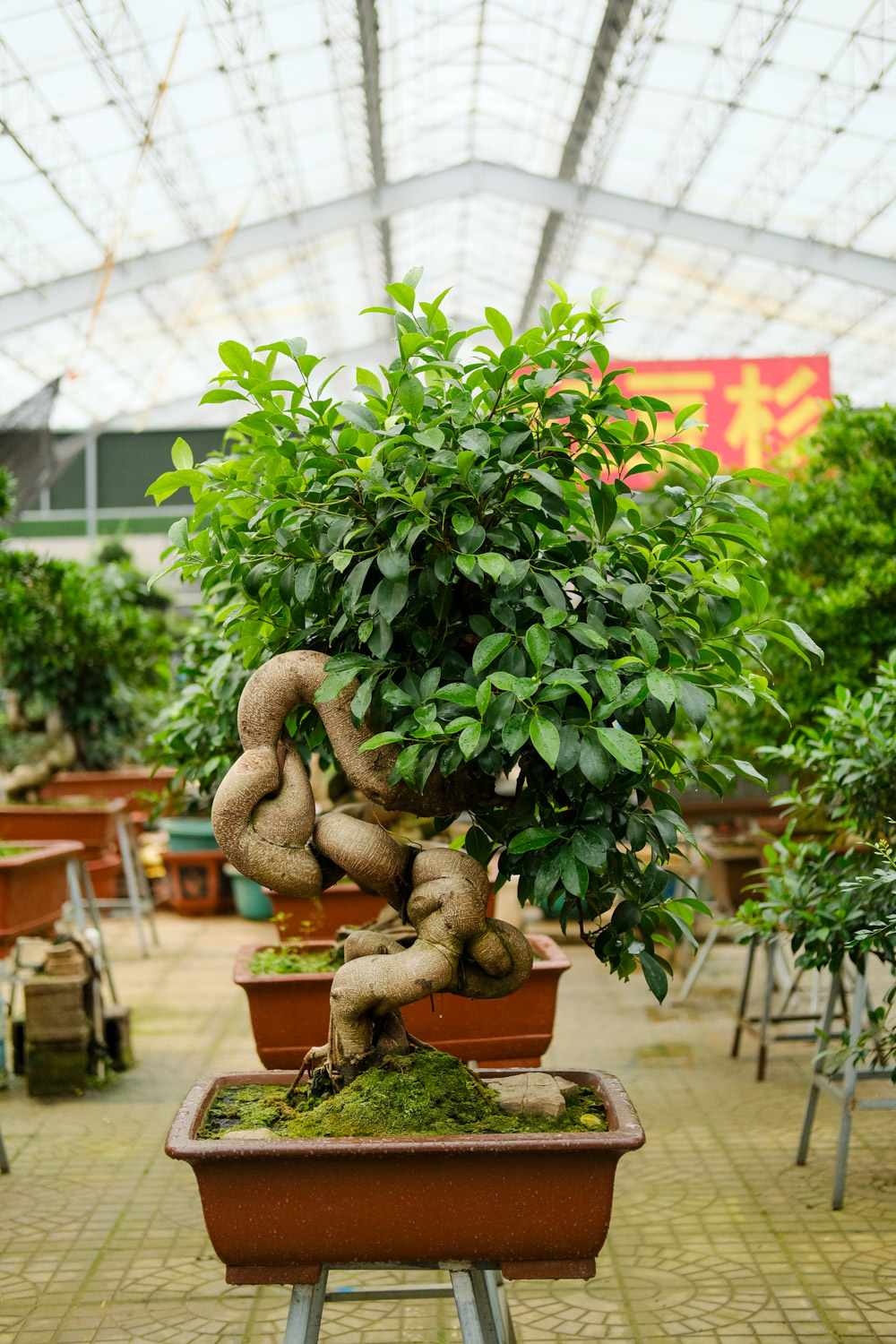
Seed preparation of ginseng and banyan before sowing
Generally speaking, the seeds of ginseng and banyan should be collected before sowing, because this plant is sown with harvest. First collect ripe pink berries, and then scrub them until they are thin. It should be noted that when scrubbing, cotton gauze should be prepared to wrap the seeds tightly, and then prepare a basin of clean water (preferably more water), and then scrub repeatedly and vigorously in the basin. After scrubbing, twist it dry, then spread the gauze for drying, and sow in two or three days

Specific steps of ginseng and banyan planting
When planting ginseng and banyan, first prepare the basin soil, that is, mix the coal cinder and base fertilizer, and then put it into a mud tile basin of moderate size and water it for sowing. After that, spread the dried seeds and berry residue on the culture soil. Be careful not to cover the soil. Then move the plant basin to a place with sufficient light and avoid rain, and spray water frequently on the basin soil to keep the ambient temperature between 25-30. In this way, it can germinate in ten days. After half a month of plant growth, it can properly spray urea or potassium dihydrogen phosphate and other liquid fertilizers on the leaves to promote plant growth. After the plant produces six or seven leaves, it can be transplanted< span>


 how many times do yo...
how many times do yo... how many planted tre...
how many planted tre... how many pine trees ...
how many pine trees ... how many pecan trees...
how many pecan trees... how many plants comp...
how many plants comp... how many plants can ...
how many plants can ... how many plants and ...
how many plants and ... how many pepper plan...
how many pepper plan...